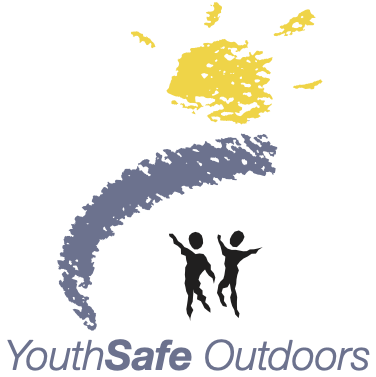Safety First! Program
Key Program & Activity Planning Steps
The Lead Teacher is responsible for planning, conducting and
evaluating the program, activity or event. If questions or concerns
arise, contact the Principal or designate.
The key steps to follow to plan a program or activity are:
|
|
Step 1: Outline the activity: who, what, when, where, how and why. Step 2: Identify the key anticipated risks involved, using Safety First! as appropriate. Step 3: Review relevant policies, procedures and Safety First! guidelines. Step 4: Secure any approvals needed from the district, school or other bodies. Step 5: Secure informed consent from parents/guardians (and volunteers if appropriate). Step 6: Train staff, volunteers and students in safety and emergency response plans. Step 7: Conduct the activity, have fun and adapt plan to support safety and success. Step 8: Debrief and submit any follow-up forms, receipts, etc., in a timely manner. |
How to Use These Guidelines
First and foremost, this is a reference resource, designed for easy
reference and learning. Every effort has been made to keep the document
concise and clear, but there is no magic length. To keep it manageable,
Safety First! is divided into two levels, 1 and 2. Everyone involved in
off-site activities should be familiar with Sections 1-3, found in Level
1. Beyond that, everything is to be used only as relevant to the
activity, environment and group.
Level 1 Sections in the Safety First! Document
|
Section 1: |
Introduction provides information regarding the what, why, and how of
the Safety First! Guidelines. Read this section once and then refer back
to it as needed. |
|
Section 2: |
Risk Management Primer contains basic, practical information
about legal liability, risk assessment and risk management. Read it
once and then use as reference. |
|
Section 3: |
General Considerations for Off-site Activities contains
basic information of relevance to almost all school off-site
experiences. Principals, teachers and others involved in providing
relevant activities should review it regularly (at least annually). |
|
Section 4: |
Special Considerations provides information related to a
variety of circumstances that won’t apply to every activity or outing,
but that could apply to any off-site experience (e.g., transporting
students during the activity, overnight supervision). This is reference
information and the reader need only be aware of the subsections listed
in the table of contents and refer to any one(s) relevant to the
circumstances. |
|
Section 5: |
Local Activities contains activity specific guidelines for conducting a
variety of lower risk activities that are commonly done in local
environments (e.g., municipal parks and trails) on a short term duration
(i.e., during a class, a half-day trip) by teachers/leaders with no
special training or certification and with emergency medical services
readily accessible. |
Level 2 Sections in the Safety First! Document
|
Section 6: |
General Considerations for Higher Care Activities shares basic
information related to providing all higher care outdoor pursuits or
aquatics activities; i.e., those, operating in more remote environments
(e.g., a provincial park) and/or over longer durations (e.g., a weekend
trip). Teachers/leaders will generally need some training and experience
in the activity and environment, and the group will require good
internal rescue and first aid capacity. The teacher/leader involved in
any of these types of endeavors should be familiar with the relevant
content of this section as it applies. |
|
Section 7: |
Higher Care Activities contains guidelines relevant to adventurous
outdoor pursuits and aquatics activities. Only those involved in
planning these activities need refer to this section and then only the
page(s) of relevance to the general category and specific activity(ies)
planned. |
|
Section 8: |
Travel Excursions provides guidelines for out-of-province and
out-of-country travel. Only those involved in such activities need refer
to this section. Some sub-heading titles may be repeated across two or more sections of the document. However, the content will not be repeated from one section to another. It will be progressive, with basic information appearing in earlier sections and more specialized considerations building on this content appearing in later sections. Red hyperlinks have been provided to help readers move electronically within this Safety First! document. |
Permitted Uses
Only licensed school districts/authorities in BC may use this resource to support school activities. All others, whether involved in a not-for-profit or a for-profit endeavor, must secure written permission from the author to use this resource in the development of policy, procedures and/or practices.
Licensed school districts in BC may:
- Use this resource in the development of policy, procedures and practices;
- Distribute the resource within the district, in print form and/or electronically, including on staff-only limited parts of the licensee’s website and/or on school-level local intranets; and
- Provide the activity-specific page(s) of direct relevance to the services to be provided by a specific service provider to that provider for the purposes of clarifying expectations and contracting for the service.
Licensed school districts in BC may not:
- Modify or change this document (due to its research base);
- Put this resource or any part thereof on a publicly accessible website or otherwise distribute any or all of it to individuals or organizations outside of the school; or
- Claim copyright for itself for this document or any derivative documents based on this document, including adding any school district identifiers.
Up Next
